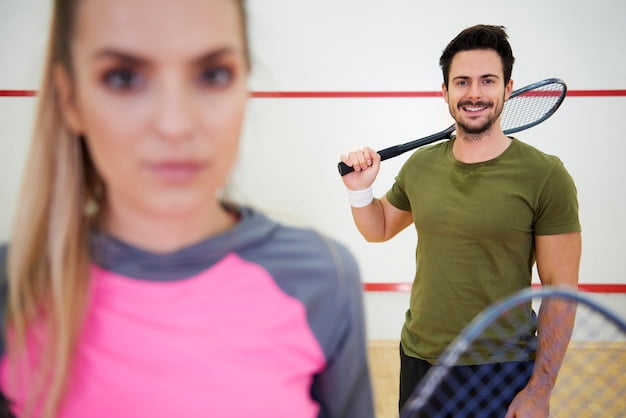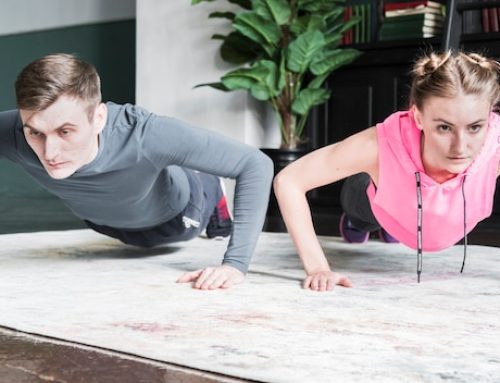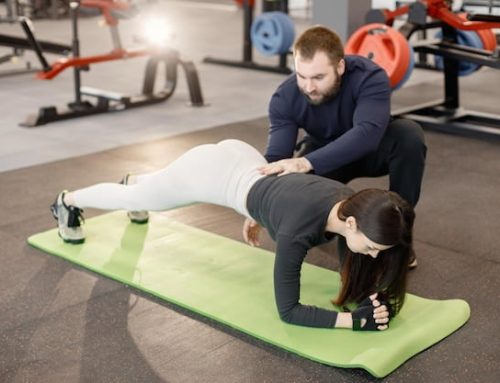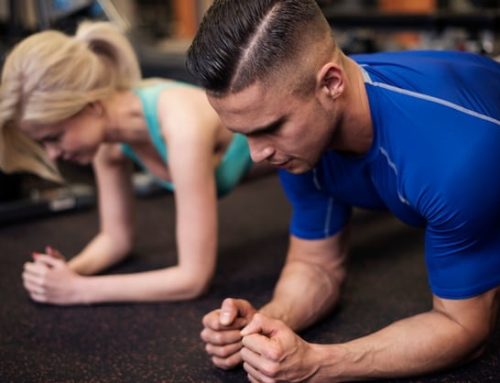Introduction
Sports-specific training has gained immense popularity in recent times with people realizing the benefits it provides to enhance their sporting performance. Training specifically for a particular sport ensures that the athlete has the necessary skills, strength, stamina, and agility required to excel in that sport. The training programs focus on improving the 12 different fitness components that are essential for improving athletic performance.
The 12 Different Fitness Components
Fitness components are various aspects of fitness that are vital for an athlete’s overall performance. By understanding the different fitness components, athletes can tailor their training programs to enhance their performance in their sport. Here are the 12 different fitness components that sports-specific training focuses on:
| Fitness Component | Description |
|---|---|
| 1. Strength | The ability to exert maximum force in a single effort |
| 2. Power | The ability to exert force quickly |
| 3. Explosiveness | The ability to produce quick and powerful movements |
| 4. Endurance | The ability to sustain physical activity for an extended period |
| 5. Speed | The ability to move quickly and efficiently |
| 6. Agility | The ability to change direction quickly and accurately |
| 7. Coordination | The ability to synchronize movements accurately |
| 8. Balance | The ability to maintain a stable position |
| 9. Flexibility | The ability to move joints through a full range of motion |
| 10. Body Composition | The ratio of muscle, fat, and bone in the body |
| 11. Reaction Time | The ability to respond to a stimulus rapidly |
| 12. Mental Toughness | The ability to handle pressure and stay focused under adverse conditions |
How to Improve Each Fitness Component?
Each fitness component plays a vital role in sports performance, and athletes need to focus on improving each of these components through their training programs. Here is how athletes can improve each fitness component:
Strength
Strength training involves performing exercises that target the major muscle groups in the body, such as the chest, back, legs, and arms. Athletes can improve their strength by lifting heavy weights for a few reps or lighter weights for more reps. Some examples of strength exercises are squats, deadlifts, bench presses, and lunges.
Power
Power training focuses on improving explosive strength by performing exercises that involve maximal effort with light weights, such as Olympic lifts like the clean and jerk or push press. Plyometrics, or jump training, can also improve power.
Explosiveness
Explosiveness training involves performing exercises that require quick and powerful movements, such as sprinting, jumping, and medicine ball exercises. These exercises aim to improve the athlete’s ability to produce explosive movements quickly.
Endurance
Endurance training involves performing exercises that involve prolonged physical activity such as running, cycling, or swimming. Athletes can improve their endurance by gradually increasing the duration and intensity of their training sessions. Cross-training with a variety of exercises can also help improve endurance.
Speed
Athletes can improve their speed by performing exercises that focus on sprinting and agility, such as running intervals, hill sprints, and ladder drills. Strength training can also help improve speed.
Agility
Agility training involves exercises that focus on changing direction quickly, such as ladder drills, cone drills, and speed skaters. Improving footwork and reaction time can also help improve agility.
Coordination
Coordination training involves performing exercises that involve synchronization of movements, such as balance exercises, ball handling drills, and ladder drills. Practice and repetition are essential for improving coordination.
Balance
Balance training involves performing exercises that require the athlete to maintain a stable position, such as yoga, balance boards, and stability ball exercises. Improving core strength can also improve balance.
Flexibility
Flexibility training involves performing exercises that improve the range of motion in joints, such as stretching or yoga. Athletes can also improve their flexibility by incorporating mobility drills into their warm-up routine.
Body Composition
Body composition can be improved by following a healthy diet and performing regular exercise. Athletes can focus on improving their body composition by incorporating strength training and cardiovascular exercise into their training programs.
Reaction Time
Athletes can improve their reaction time by performing exercises that require quick reaction, such as agility drills and ball handling drills. Hand-eye coordination exercises can also improve reaction time.
Mental Toughness
Mental toughness can be improved by training the mind to handle pressure and stay focused under adverse conditions. This can be achieved by practicing visualization techniques, setting goals, and developing positive self-talk habits.
Conclusion
Sports-specific training is a highly effective way to enhance athletic performance. By focusing on the 12 different fitness components, athletes can tailor their training programs to improve their performance in a particular sport. Whether you’re a professional athlete or a weekend warrior, incorporating sports-specific training into your fitness routine can help you perform at your best.






